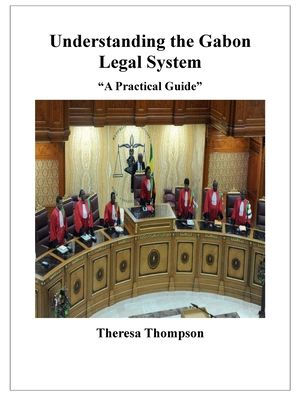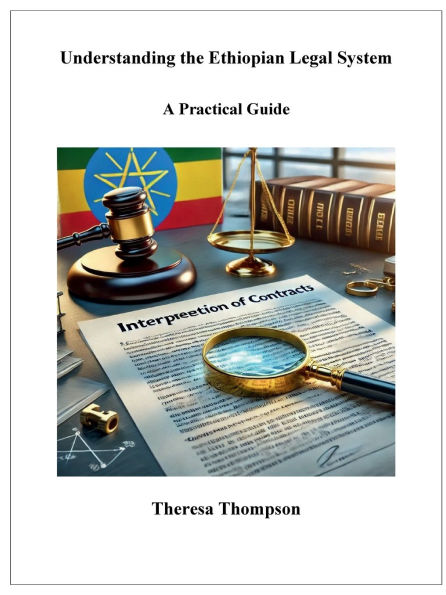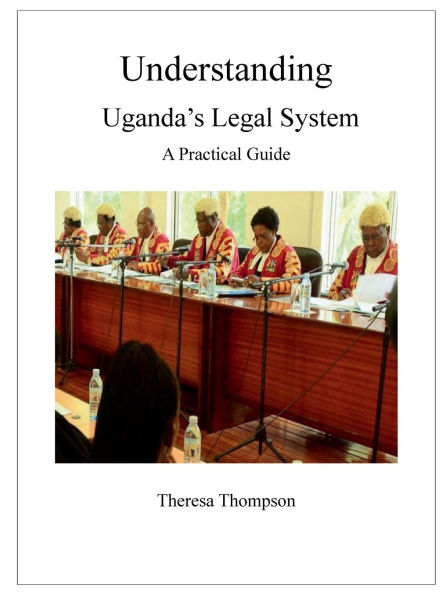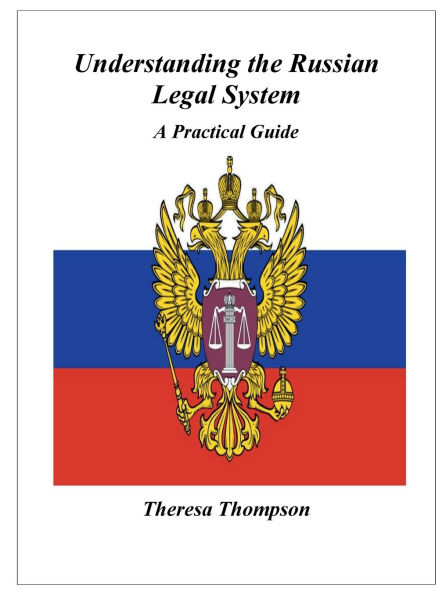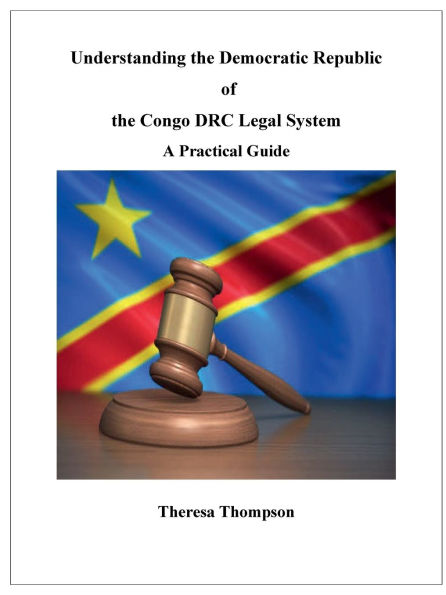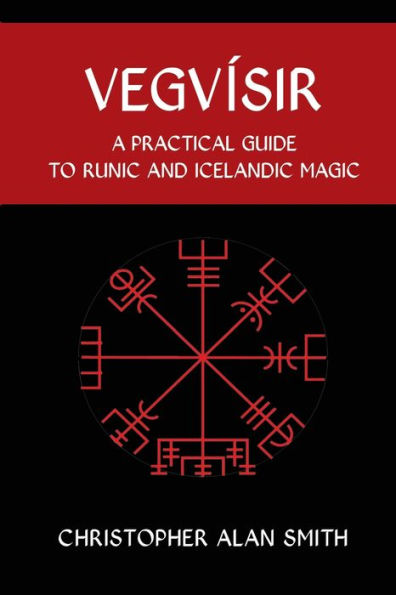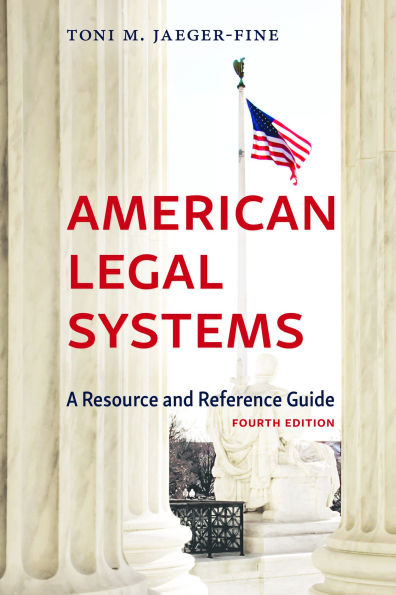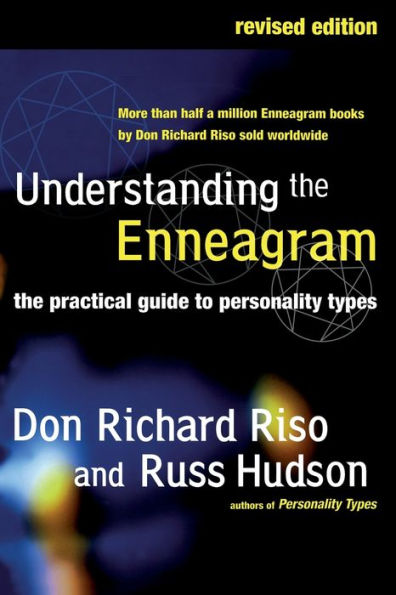Home
Understanding Iceland's Legal System: A Practical Guide:
Barnes and Noble
Loading Inventory...
Understanding Iceland's Legal System: A Practical Guide: in Bloomington, MN
Current price: $49.99

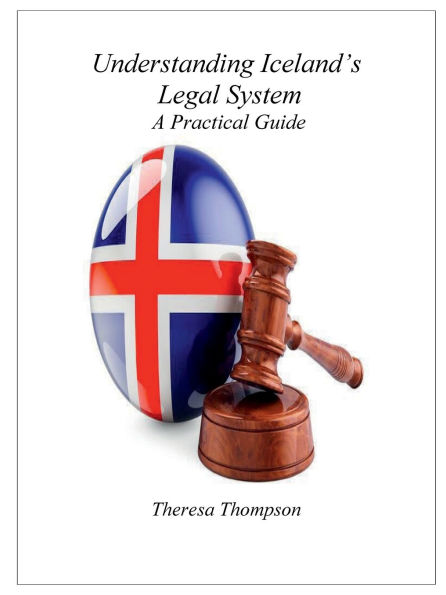
Understanding Iceland's Legal System: A Practical Guide: in Bloomington, MN
Current price: $49.99
Loading Inventory...
Size: OS
In a world increasingly interconnected by trade, migration, diplomacy, and global justice movements, understanding the unique legal systems of individual nations has never been more important. Understanding Iceland's Legal System: A Practical Guide offers not just a comprehensive overview, but a deeply contextualized and accessible journey through one of the world's most fascinating and quietly resilient legal landscapes.
This guide begins with an Introduction that frames the purpose behind studying Iceland's legal system—not simply as a curiosity or niche specialization, but as a gateway to understanding Nordic law, Arctic governance, and the essential dialogue between tradition and modernity. The overview of Iceland's justice culture highlights its long-standing emphasis on peace, equity, and democratic accountability. Designed with both accessibility and depth in mind, this book speaks to law students, legal professionals, policymakers, and global researchers alike.
Part I: Historical and Constitutional Foundations anchors the reader in Iceland's rich legal heritage. From the formation of the Alþingi in 930 AD—arguably the oldest functioning parliament in the world—to the role of the lǫgsǫgumaðr (lawspeaker), and the development of historic legal codes like Grágás and Jónsbók, this section captures how early governance laid the framework for today's constitutional democracy. It also explores Iceland's legal transformations under Norwegian and Danish rule, culminating in full independence in 1944.
Part II: Government and Legal Structure transitions the reader into the modern legal and governmental framework of Iceland. It breaks down the country's civil law tradition, the distribution of power between the President, Cabinet, and municipalities, and the role of the Ministry of Justice. Special attention is given to the three-tier court system—from District Courts to the Supreme Court—and the function of executive orders, statutory law, and customary practices like eðli máls.
Part III: Criminal Justice and Law Enforcement gives readers a closer look at how laws are applied and enforced. It details the classification of crimes, the investigative process, and the roles of prosecutors, judges, and law enforcement personnel. Chapters also examine Iceland's Coast Guard, prison administration, and interagency cooperation—highlighting a justice system built on transparency and community safety.
Part IV: Legal Education and Practice is dedicated to the future of the profession. It outlines the rigorous educational path to becoming a licensed attorney in Iceland, including academic and practical training, bar association membership, and the ethical standards expected of legal professionals. Readers will also find insights into public legal aid services, access to justice, and the crucial work of NGOs and pro bono attorneys in promoting equity under the law.
Part V: Practical Applications and Global Comparisons brings everything together for readers looking to actively engage with the Icelandic legal system—whether filing a case, working with legal advisors, or navigating bilingual legal documentation. It concludes with a comparative analysis between Iceland's legal tradition and other global systems, offering a compelling view into what makes Iceland's system both unique and globally relevant.
In the Conclusion, readers are invited to reflect on Iceland's justice system not only in the context of its historical and political trajectory but in its evolving role in a rapidly changing world. Ongoing reforms, challenges, and aspirations for justice and fairness underscore Iceland's commitment to balancing heritage with progress.
This guide begins with an Introduction that frames the purpose behind studying Iceland's legal system—not simply as a curiosity or niche specialization, but as a gateway to understanding Nordic law, Arctic governance, and the essential dialogue between tradition and modernity. The overview of Iceland's justice culture highlights its long-standing emphasis on peace, equity, and democratic accountability. Designed with both accessibility and depth in mind, this book speaks to law students, legal professionals, policymakers, and global researchers alike.
Part I: Historical and Constitutional Foundations anchors the reader in Iceland's rich legal heritage. From the formation of the Alþingi in 930 AD—arguably the oldest functioning parliament in the world—to the role of the lǫgsǫgumaðr (lawspeaker), and the development of historic legal codes like Grágás and Jónsbók, this section captures how early governance laid the framework for today's constitutional democracy. It also explores Iceland's legal transformations under Norwegian and Danish rule, culminating in full independence in 1944.
Part II: Government and Legal Structure transitions the reader into the modern legal and governmental framework of Iceland. It breaks down the country's civil law tradition, the distribution of power between the President, Cabinet, and municipalities, and the role of the Ministry of Justice. Special attention is given to the three-tier court system—from District Courts to the Supreme Court—and the function of executive orders, statutory law, and customary practices like eðli máls.
Part III: Criminal Justice and Law Enforcement gives readers a closer look at how laws are applied and enforced. It details the classification of crimes, the investigative process, and the roles of prosecutors, judges, and law enforcement personnel. Chapters also examine Iceland's Coast Guard, prison administration, and interagency cooperation—highlighting a justice system built on transparency and community safety.
Part IV: Legal Education and Practice is dedicated to the future of the profession. It outlines the rigorous educational path to becoming a licensed attorney in Iceland, including academic and practical training, bar association membership, and the ethical standards expected of legal professionals. Readers will also find insights into public legal aid services, access to justice, and the crucial work of NGOs and pro bono attorneys in promoting equity under the law.
Part V: Practical Applications and Global Comparisons brings everything together for readers looking to actively engage with the Icelandic legal system—whether filing a case, working with legal advisors, or navigating bilingual legal documentation. It concludes with a comparative analysis between Iceland's legal tradition and other global systems, offering a compelling view into what makes Iceland's system both unique and globally relevant.
In the Conclusion, readers are invited to reflect on Iceland's justice system not only in the context of its historical and political trajectory but in its evolving role in a rapidly changing world. Ongoing reforms, challenges, and aspirations for justice and fairness underscore Iceland's commitment to balancing heritage with progress.
In a world increasingly interconnected by trade, migration, diplomacy, and global justice movements, understanding the unique legal systems of individual nations has never been more important. Understanding Iceland's Legal System: A Practical Guide offers not just a comprehensive overview, but a deeply contextualized and accessible journey through one of the world's most fascinating and quietly resilient legal landscapes.
This guide begins with an Introduction that frames the purpose behind studying Iceland's legal system—not simply as a curiosity or niche specialization, but as a gateway to understanding Nordic law, Arctic governance, and the essential dialogue between tradition and modernity. The overview of Iceland's justice culture highlights its long-standing emphasis on peace, equity, and democratic accountability. Designed with both accessibility and depth in mind, this book speaks to law students, legal professionals, policymakers, and global researchers alike.
Part I: Historical and Constitutional Foundations anchors the reader in Iceland's rich legal heritage. From the formation of the Alþingi in 930 AD—arguably the oldest functioning parliament in the world—to the role of the lǫgsǫgumaðr (lawspeaker), and the development of historic legal codes like Grágás and Jónsbók, this section captures how early governance laid the framework for today's constitutional democracy. It also explores Iceland's legal transformations under Norwegian and Danish rule, culminating in full independence in 1944.
Part II: Government and Legal Structure transitions the reader into the modern legal and governmental framework of Iceland. It breaks down the country's civil law tradition, the distribution of power between the President, Cabinet, and municipalities, and the role of the Ministry of Justice. Special attention is given to the three-tier court system—from District Courts to the Supreme Court—and the function of executive orders, statutory law, and customary practices like eðli máls.
Part III: Criminal Justice and Law Enforcement gives readers a closer look at how laws are applied and enforced. It details the classification of crimes, the investigative process, and the roles of prosecutors, judges, and law enforcement personnel. Chapters also examine Iceland's Coast Guard, prison administration, and interagency cooperation—highlighting a justice system built on transparency and community safety.
Part IV: Legal Education and Practice is dedicated to the future of the profession. It outlines the rigorous educational path to becoming a licensed attorney in Iceland, including academic and practical training, bar association membership, and the ethical standards expected of legal professionals. Readers will also find insights into public legal aid services, access to justice, and the crucial work of NGOs and pro bono attorneys in promoting equity under the law.
Part V: Practical Applications and Global Comparisons brings everything together for readers looking to actively engage with the Icelandic legal system—whether filing a case, working with legal advisors, or navigating bilingual legal documentation. It concludes with a comparative analysis between Iceland's legal tradition and other global systems, offering a compelling view into what makes Iceland's system both unique and globally relevant.
In the Conclusion, readers are invited to reflect on Iceland's justice system not only in the context of its historical and political trajectory but in its evolving role in a rapidly changing world. Ongoing reforms, challenges, and aspirations for justice and fairness underscore Iceland's commitment to balancing heritage with progress.
This guide begins with an Introduction that frames the purpose behind studying Iceland's legal system—not simply as a curiosity or niche specialization, but as a gateway to understanding Nordic law, Arctic governance, and the essential dialogue between tradition and modernity. The overview of Iceland's justice culture highlights its long-standing emphasis on peace, equity, and democratic accountability. Designed with both accessibility and depth in mind, this book speaks to law students, legal professionals, policymakers, and global researchers alike.
Part I: Historical and Constitutional Foundations anchors the reader in Iceland's rich legal heritage. From the formation of the Alþingi in 930 AD—arguably the oldest functioning parliament in the world—to the role of the lǫgsǫgumaðr (lawspeaker), and the development of historic legal codes like Grágás and Jónsbók, this section captures how early governance laid the framework for today's constitutional democracy. It also explores Iceland's legal transformations under Norwegian and Danish rule, culminating in full independence in 1944.
Part II: Government and Legal Structure transitions the reader into the modern legal and governmental framework of Iceland. It breaks down the country's civil law tradition, the distribution of power between the President, Cabinet, and municipalities, and the role of the Ministry of Justice. Special attention is given to the three-tier court system—from District Courts to the Supreme Court—and the function of executive orders, statutory law, and customary practices like eðli máls.
Part III: Criminal Justice and Law Enforcement gives readers a closer look at how laws are applied and enforced. It details the classification of crimes, the investigative process, and the roles of prosecutors, judges, and law enforcement personnel. Chapters also examine Iceland's Coast Guard, prison administration, and interagency cooperation—highlighting a justice system built on transparency and community safety.
Part IV: Legal Education and Practice is dedicated to the future of the profession. It outlines the rigorous educational path to becoming a licensed attorney in Iceland, including academic and practical training, bar association membership, and the ethical standards expected of legal professionals. Readers will also find insights into public legal aid services, access to justice, and the crucial work of NGOs and pro bono attorneys in promoting equity under the law.
Part V: Practical Applications and Global Comparisons brings everything together for readers looking to actively engage with the Icelandic legal system—whether filing a case, working with legal advisors, or navigating bilingual legal documentation. It concludes with a comparative analysis between Iceland's legal tradition and other global systems, offering a compelling view into what makes Iceland's system both unique and globally relevant.
In the Conclusion, readers are invited to reflect on Iceland's justice system not only in the context of its historical and political trajectory but in its evolving role in a rapidly changing world. Ongoing reforms, challenges, and aspirations for justice and fairness underscore Iceland's commitment to balancing heritage with progress.
